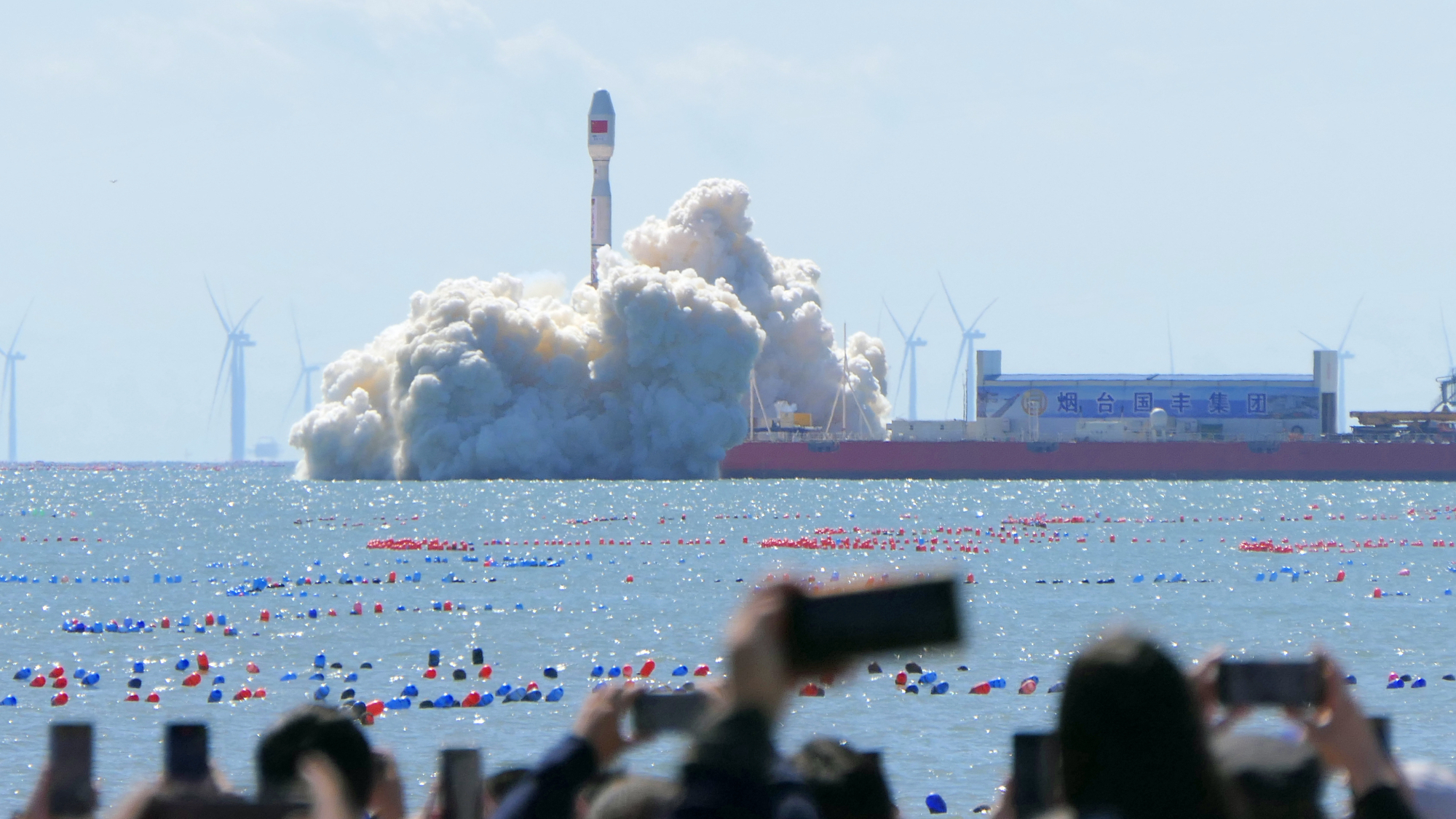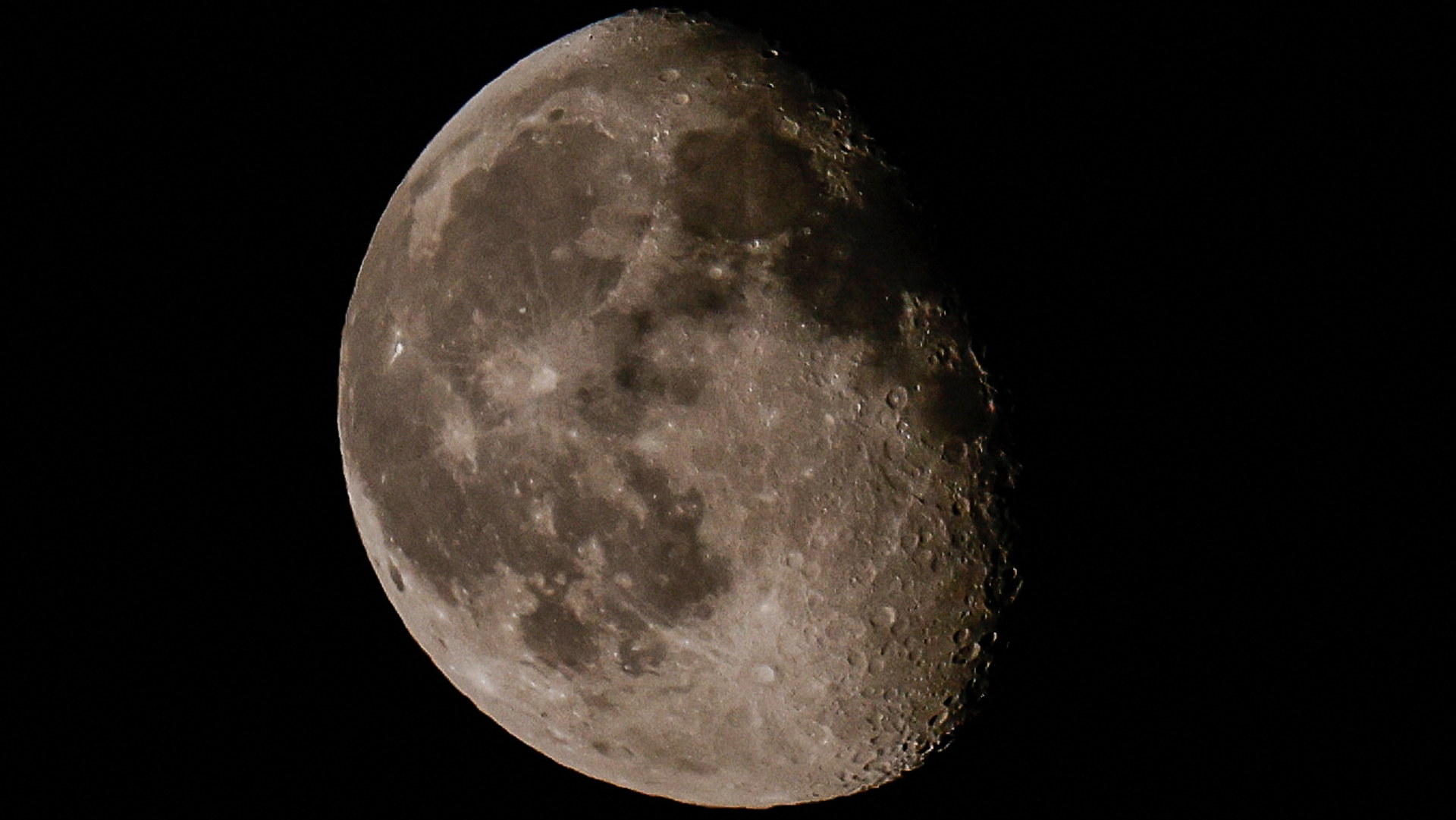Chinese rocket launches 8 satellites to orbit from ship at sea (video, photos)
China has another sea launch under its belt.
One of the country's Jielong-3 rockets (also known as Smart Dragon-3) lifted off from a floating platform off the coast of eastern China on Monday (Sept. 23) at 10:31 p.m. EDT (0231 GMT on Sept. 24).
The Smart Dragon-3 carried eight remote-sensing satellites to sun-synchronous orbit (SSO) — a polar path that allows spacecraft to observe patches of Earth under consistent lighting conditions — according to SpaceNews.
The liftoff was the fourth overall for the Smart Dragon-3, SpaceNews reported. The four-stage, 102-foot-tall (31 meters) rocket is capable of delivering about 3,300 pounds (1,500 kilograms) of payload to a 310-mile-high (500 kilometers) SSO.
Related: China's record-breaking Gravity-1 rocket aces amazing debut launch from ship at sea (video)
Smart Dragon-3 was developed by the state-owned China Academy of Launch Vehicle Technology, but it's operated by China Rocket, a commercial spinoff of that enterprise.
Smart Dragon-3 isn't the only vehicle to use the floating launch pad, which is off the coast of Haiyang city. Ceres-1 and Gravity-1 rockets have also lifted off from the platform, as SpaceNews noted.
Breaking space news, the latest updates on rocket launches, skywatching events and more!
Gravity-1's lone launch to date occurred from the site, and it was quite a spectacle, given the powerful rocket's almost comically squat appearance. Gravity-1 is just 96 feet (29 m) tall — shorter than the Smart Dragon-3 — but can deliver about 14,300 pounds (6,500 kg) to low Earth orbit.

Michael Wall is a Senior Space Writer with Space.com and joined the team in 2010. He primarily covers exoplanets, spaceflight and military space, but has been known to dabble in the space art beat. His book about the search for alien life, "Out There," was published on Nov. 13, 2018. Before becoming a science writer, Michael worked as a herpetologist and wildlife biologist. He has a Ph.D. in evolutionary biology from the University of Sydney, Australia, a bachelor's degree from the University of Arizona, and a graduate certificate in science writing from the University of California, Santa Cruz. To find out what his latest project is, you can follow Michael on Twitter.


